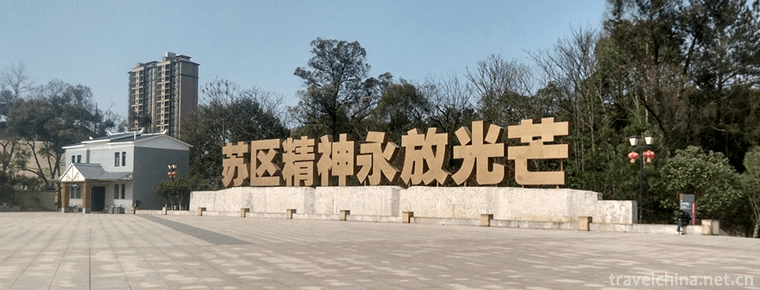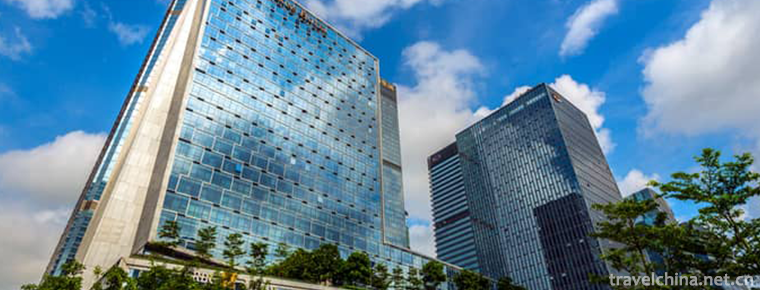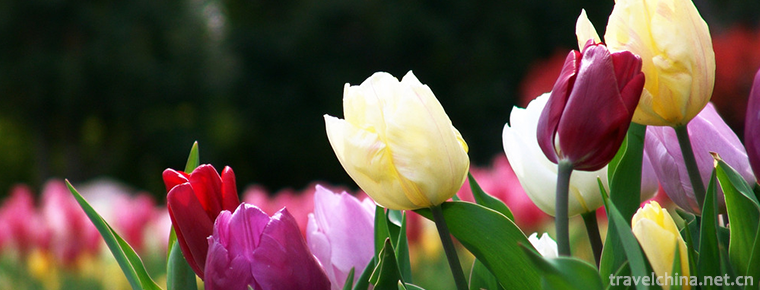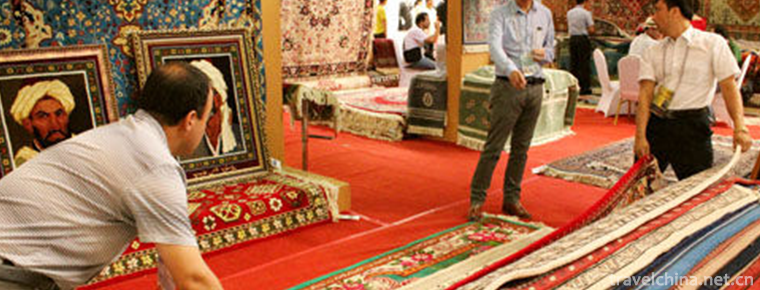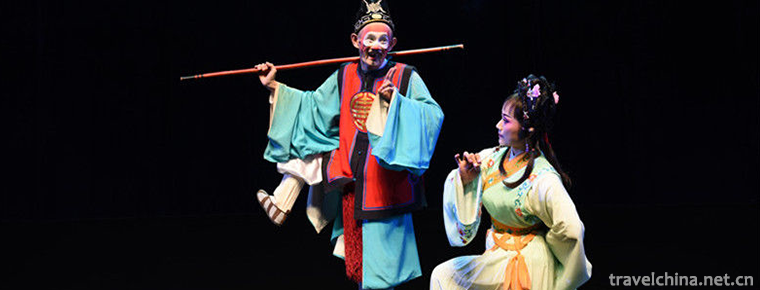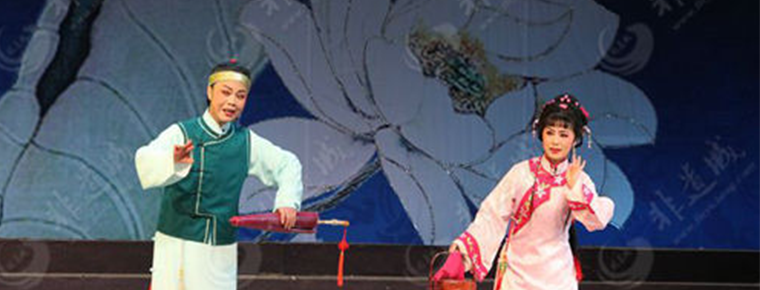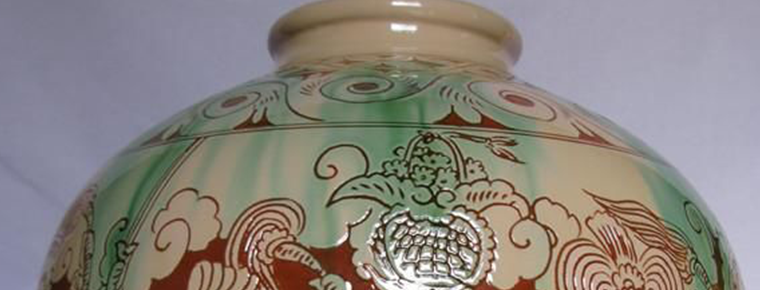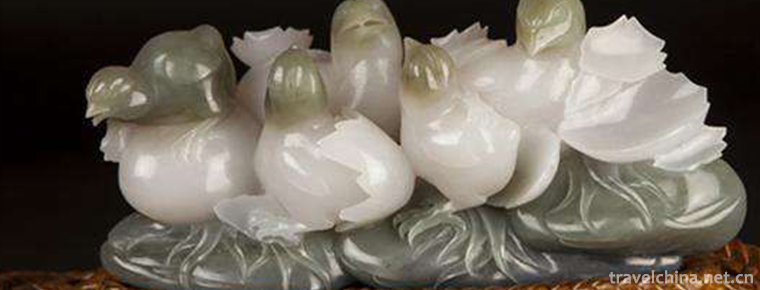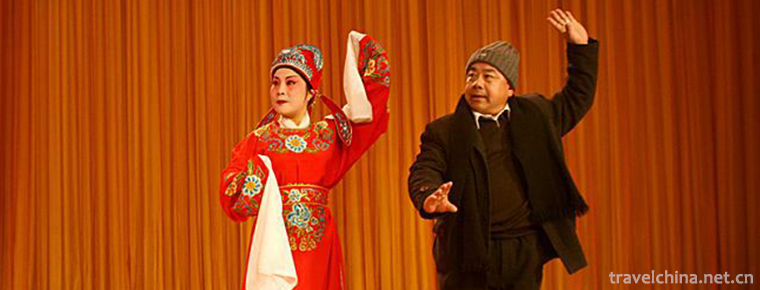Raohe Street Night Market
Raohe Street Night Market is located in Raohe Street, Songshan District, Taipei. It covers about 600 meters from the fourth section of Bade Road to the intersection of Fuyuan Street. Raohe Street Night Market is the only choice for tourists from home and abroad to visit Taiwan.
Raohe Street Night Market is 600 meters long from the fourth section of Bade Road and Fuyuan Street to Ciyou Palace. It is the most popular Taipei night market. Raohe night market is always crowded on weekends and holidays. Night market has become the characteristic of Taiwan and has gathered many foreign tourists, and their first choice is the famous Raohe Street Night Market.
On both sides of the street are full of shops, coupled with two rows of stalls in the middle of the road, there is still room for consumer walkways; Raohe Street is so large. The hundreds of snack vendors are the most attractive attractions of Rao night market. Such as ancient morning bean flour, oyster noodles, Fuzhou pepper pie, beef noodles, stewed ribs, spicy tofu, spicy duck blood, carambola juice, crab shell yellow, fried crab feet, mango strawberry kiwifruit ice, baked potatoes, a mouthful of fried dumplings or stewed pork rice, clam frying, are all famous, shop crowds, let many come to Raohe Street Night Market is full of people; besides delicious food, Raohe Street Night Market is also full of many clothing stores. Cheap fashion items range from hats and shoes to hot purses, and you can't stop looking at them in a dazzling array of styles.
Near the night market of Rao street, there are Tzu Chi palace, Songshan peasant association, fire brigade and Songshan Station. Among them, the temple of mercy is a temple to worship Mazu, which was completed in 1757. The refined sculpture on the roof, together with the legendary green dragon, makes the Ciyou Palace magnificent. The hall contains the bright lights of believers and pray for the blessing of Mazu. People from Raohe Street Night Market can also use convenient transportation to Taipei's various tourist attractions, such as Beijing Huacheng, Breeze Square, Windside Riverside Park and Taipei Little Big Egg, to feel the charming tour of Taipei.
The location of Raohe Street was formerly known as "Xikou". As Keelung Harbor was deep in water and close to the riverside, it became a transit station for Yilan and Keelung cargo to Taipei. It was an important transportation hub at that time, so commercially developed Taipei was the most prosperous place in Taipei. Songshan, named, gradually silted up the river bank caused fewer mooring vessels, and in the latter Bade Road widening project made Raohe Street become a secondary road, commercial activities less prosperous than before. In order to enable businesses to revitalize business, the government set up Raohe Street Night Market in 1987, not only to let businessmen feel the prosperity of Xikou in the past. It also allows the people of Taipei to have a more charming night market at night.
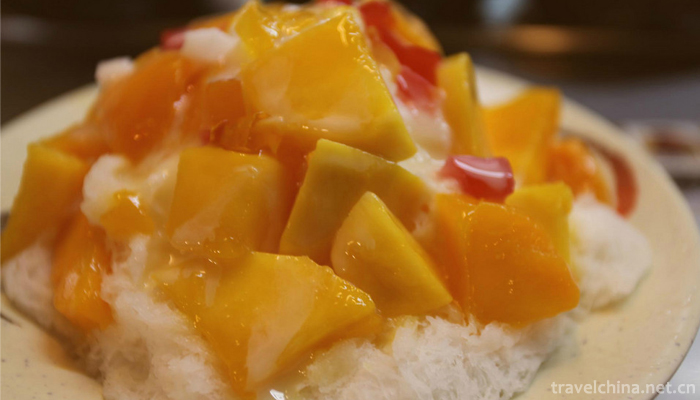
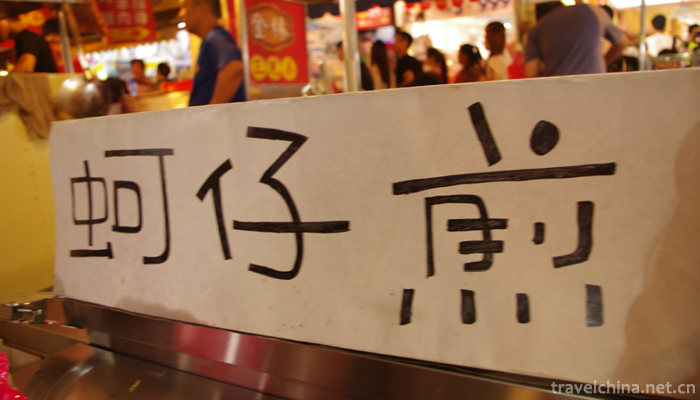
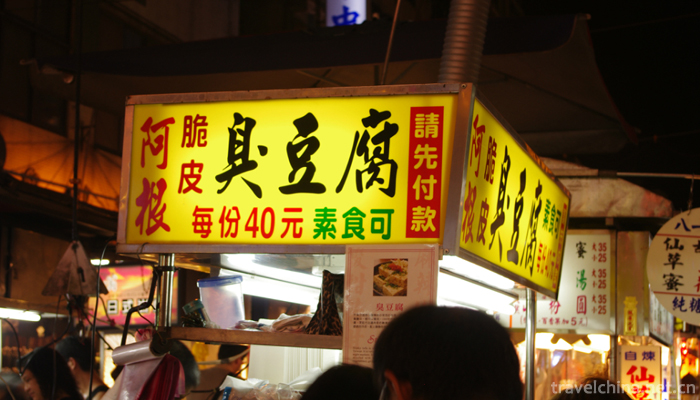
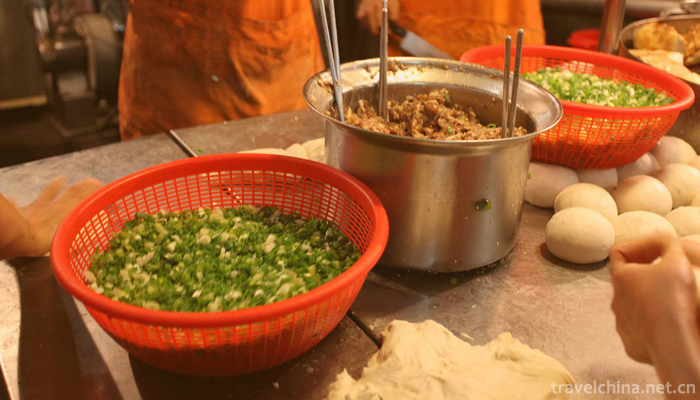
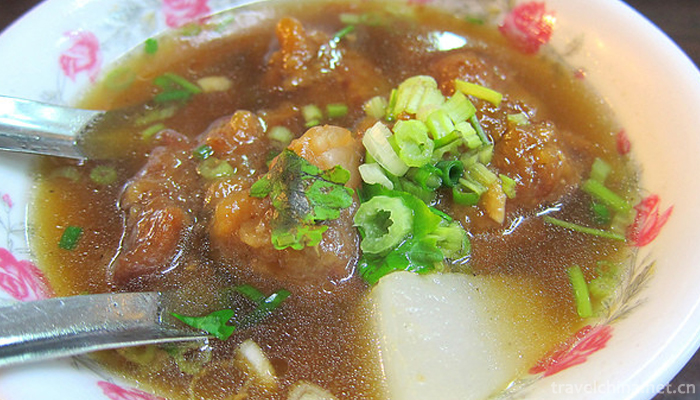
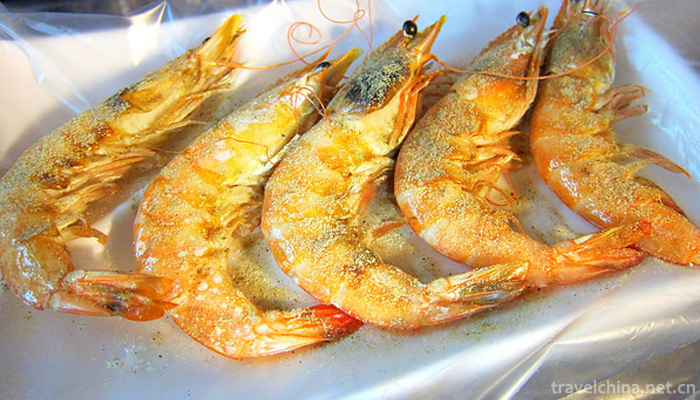
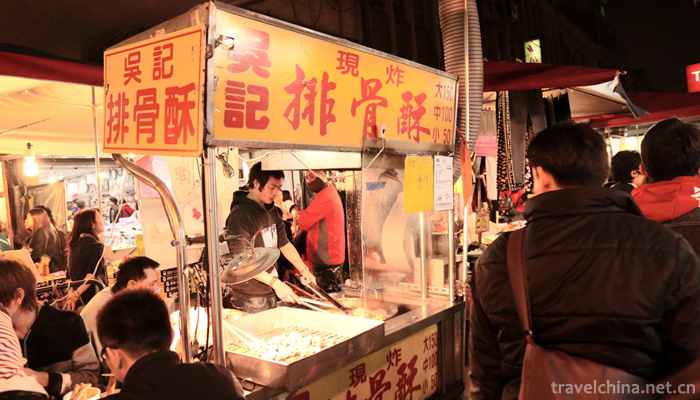
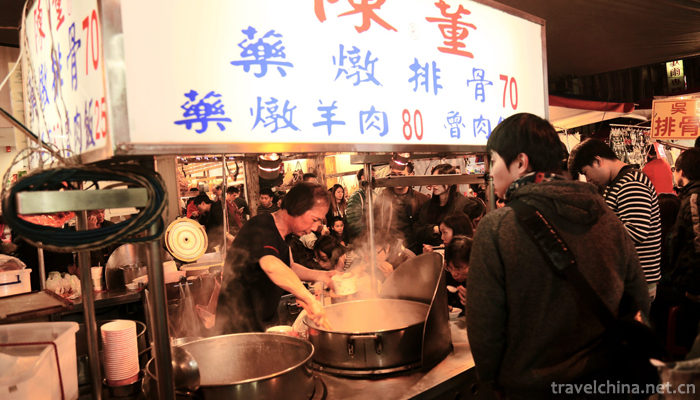
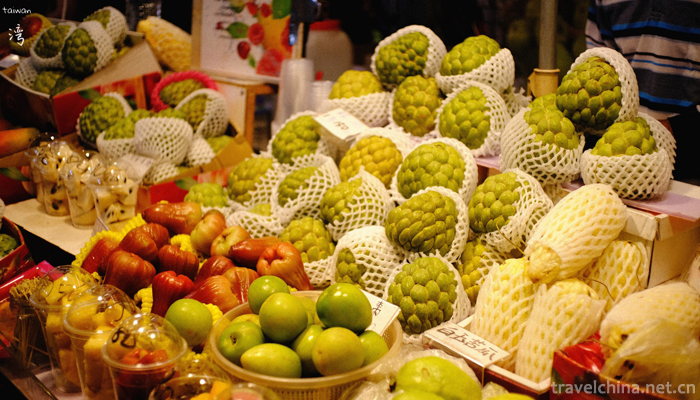
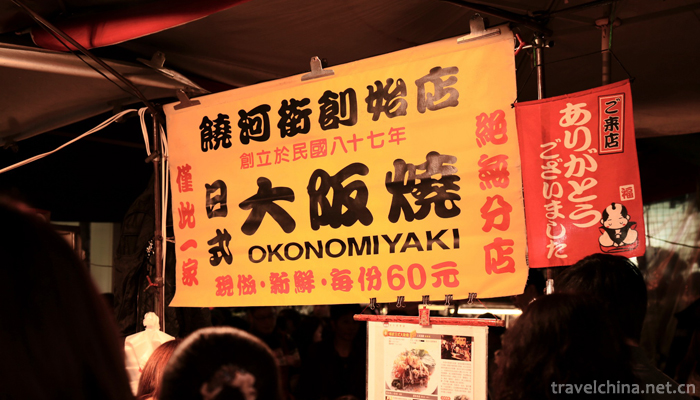
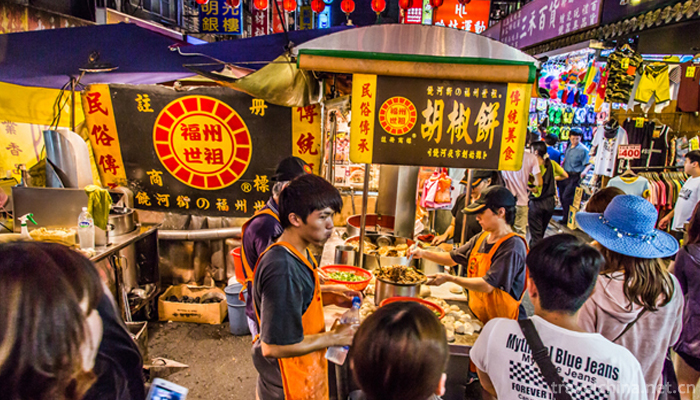
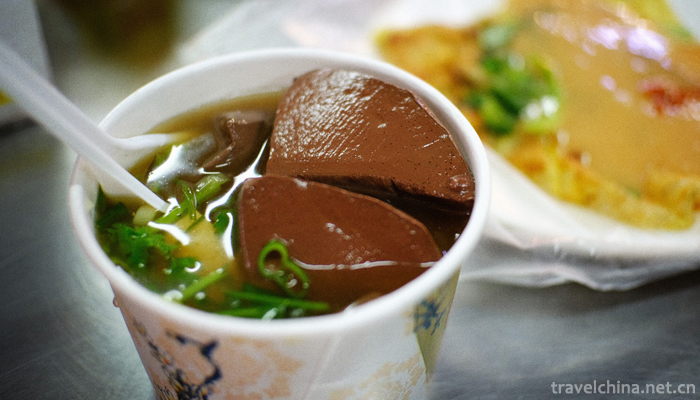
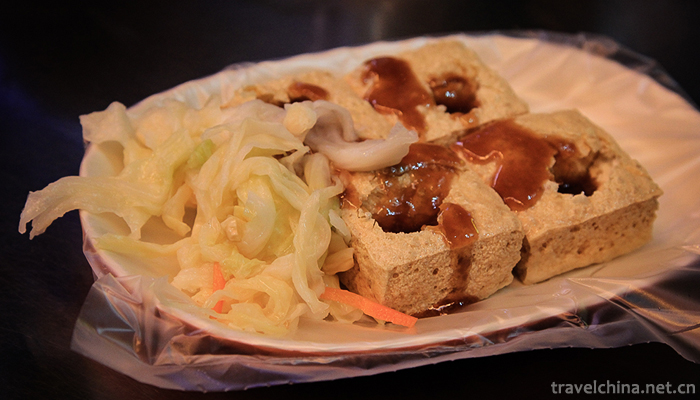

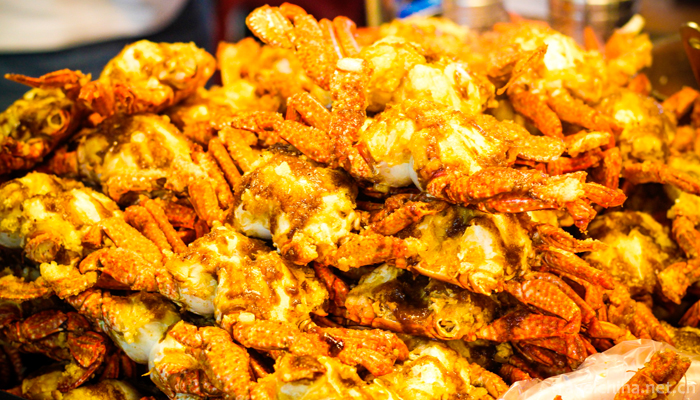

Raohe Street Night Market
-
PRC Cradle Scenic
Cradle Scenic Area of Ruijin Republic, National AAAAA Tourist Scenic Area, National Key Cultural Relics Protection Unit, National Patriotic Education Demonstration Base, National Red Tourism Classic S
Views: 220 Time 2018-12-08 -
Four Seasons Hotel Shenzhen
Four Seasons Hotel is an international luxury hotel management group, headquartered in Toronto, Canada. It was founded by Mr. Isado Sharp in 1961. Now it has more than 90 hotels and resorts in nearly
Views: 401 Time 2018-12-16 -
Shanghai Flower Port
Shanghai Flower Harbor is a new town in southeastern Pudong along the dripping lake of the East China Sea. It has a unique geographical location. Opened in September 2002
Views: 257 Time 2018-12-19 -
Carpet Weaving Techniques
Uygur carpet is a handicraft with a long history and tradition. It integrates painting, sculpture, knitting, embroidery, printing and dyeing. Characteristic
Views: 129 Time 2019-04-26 -
Ewenki reindeer custom
Ewenki reindeer, also known as Ewenki hunters (mainly according to their professional characteristics and different from other Ewenki), are part of the Ewenki people. They migrated over 300 years ago
Views: 180 Time 2019-04-28 -
Gao Jia Opera
Gaojia Opera, a local traditional drama in Quanzhou City, Fujian Province, is one of the national intangible cultural heritage.
Views: 174 Time 2019-04-30 -
Lake Opera
Huzhou Tanhuang, originally known as Huzhou Tanhuang, is a traditional local opera. It is mainly popular in Huzhou, Jiaxing, Yuhang and Linan of Hangzhou, Wujiang and Yixing of Jiangsu, Guangde of Anh
Views: 140 Time 2019-05-03 -
Firing Techniques of Jieshou Coloured Pottery
The firing technique of Jieshou colored pottery, the local traditional handicraft technique of Jieshou City, Anhui Province, is one of the national intangible cultural heritages.
Views: 126 Time 2019-05-06 -
The Firing Techniques of Jun Porcelain
Jun porcelain firing technology, Yuzhou City, Henan Province, traditional handicraft, one of the national intangible cultural heritage.
Views: 198 Time 2019-05-08 -
Jade Carving in Yangzhou
Yangzhou has a long history of jade carving. Jade carving in Yangzhou reached a new peak in the Tang Dynasty, and carving and striping appeared in the Song Dynasty. During the Qianlong reign of the Qi
Views: 114 Time 2019-07-10 -
Yihuang Opera
Yihuang Opera, formerly known as Yihuang Ban and Yihuang Diao, is one of the national intangible cultural heritage in Yihuang, Nancheng, Nanfeng and Guangchang counties of Jiangxi Province, as well as
Views: 348 Time 2019-07-12 -
Neijiangs first industry
In 2019, the sown area of grain crops in Neijiang is 309600 ha, an increase of 0.3% over the previous year; the sown area of oil crops is 79900 ha, an increase of 0.4%; and the sown area of vegetables is 78100 ha, an increase of 2.3%. The total grain output
Views: 316 Time 2020-12-16
